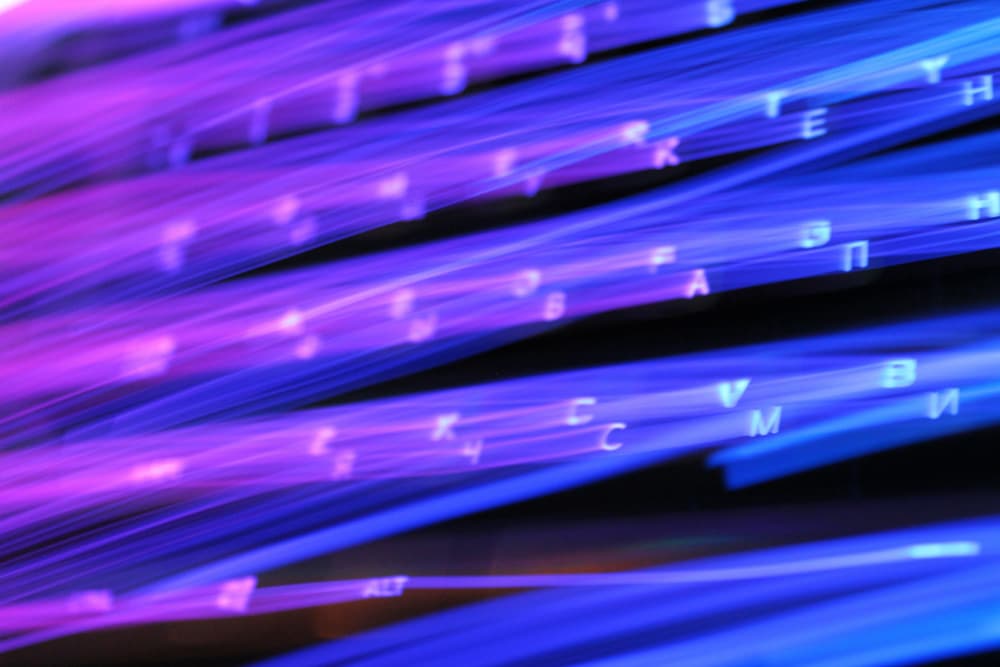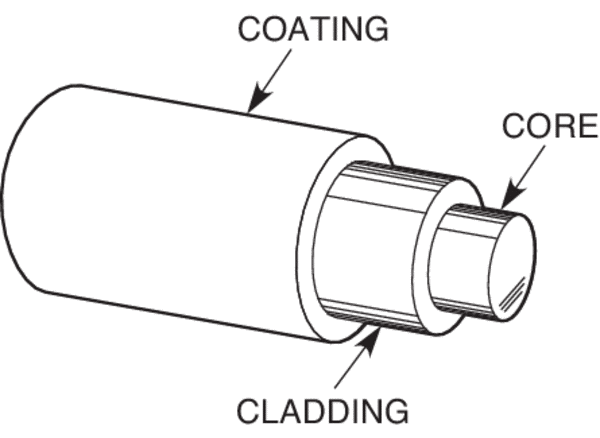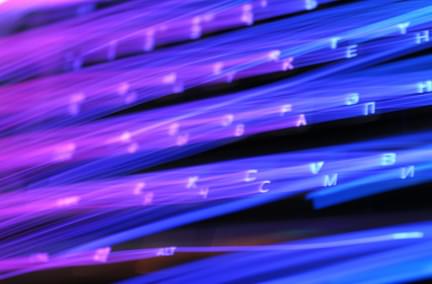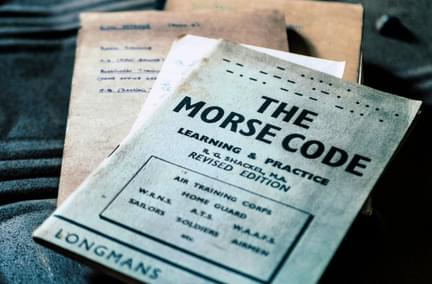Speed Wars, Episode I: Fiber Optic Internet vs. DSL
Oct 31, 2022 | Home Technology

Not all internet services are created equal. If you’ve ever felt the pain of slow internet – and who hasn’t? – followed by the thrill of a high-speed connection, you’re fully aware of the impact internet delivery speed can play in our lives. Good internet connectivity is no longer a luxury. It’s a necessary utility like electricity and phone service.
Speed Wars, Episode I is the start of a three-part series where we examine the evolution of internet connectivity technology and how current connection types stack up against one another. How does the internet get from Point A to Point B on each technology? How do internet bits and bytes magically get to your screen? In this first installment, we will look at the differences between fiber optic internet and DSL.
DSL - Digital Subscription Line
Between the good old days of dial-up (betcha hear the screeching tone in your head now, don’t ya?) and the introduction of cable internet, there was a transition toward higher speeds called DSL that gained immediate popularity because it didn’t require any new wires or cables.
This new-at-the-time technology was quickly adopted because it offered significantly higher speeds than existing 56.6 baud modems and did not require a dedicated phone line. DSL worked on the same phone lines already installed in most homes, making adding the service super simple because it only required a modem upgrade for every computer attached to it. There were no new cables or wires to run. Pick up a new DSL-ready modem for your computer and a DSL filter that installs at the phone jack and you were good to go.
Compared to dial-up, DSL was a giant leap forward, with increased download speeds and the ability to make phone calls while online. The days of getting booted offline when someone picked up the phone were over. Finally, online and the phone line could play nicely together.
DSL’s popularity grew quickly because legacy telephone lines were already hung on poles, so it could piggyback on phone lines without laying any new wires.
Like most emerging technologies, however, DSL has its limitation, many of which will never be overcome because they are intrinsic to the delivery system. For example, DSL will always have certain flaws because the signal is sent across a copper wire, which has limited bandwidth. Typical DSL download speed ranges from 1 to 7 megabits per second (Mbps), which is adequate for emailing text-only messages and viewing short, standard-definition videos but not good for high-definition streaming, video conferencing, or online gaming.
As newer technologies emerged, such as cable internet (which we will cover in Episode III), DSL began to lose favor in most urban and suburban communities. However, it is still the main way to get online in many rural communities that have not yet been built out by higher-speed providers.
Aside from increased speed over dialup, DSL's most attractive feature was its cost, well below other newer technologies, including fiber internet at the time. But with fiber gaining popularity and more fiber being placed in the ground every day, consumer costs have come down to the point where they are just above or in some cases equal to DSL service plans.
Fiber
The newest hardwired internet technology is fiber optics. Invented in the 1970s by famed glass maker Corning, fiber optics revolutionized the online world when low-loss fiber was introduced, allowing cleaner data to go faster and farther.
Unlike DSL, fiber optic internet does not use copper or other metal to transmit data. Instead, it uses tiny strands of glass encased in protective sheathing to carry light signals full of data for over 20km (about 13 mi) unboosted. These optical signals can zip along the fibers just below light speed, providing much higher transmission speeds from server to server and into your home.
Unlike DSL, fiber internet provides symmetrical upload and download speeds, a feature missing in any other current online technology. For example, if you have a 250 Mbps fiber internet service, both upload and download speeds are 250 Mbps, whereas with DSL, you might have, for example, 7 Mbps download and 2 Mbps upload. This imbalance can cause conference calls and games not to work smoothly, an issue that goes away with symmetrical fiber speeds.
Fiber is also not susceptible to electronic interference, such as a radio signal, lightning, or nearby power supplies, keeping the signal cleaner.
Wrap Up
While DSL was cutting edge and revolutionary in its day, that day has long passed. Today, superior technology is once again revolutionizing the online experience: fiber optics. It's faster, clearer, and more reliable than DSL.
In Episode II of Speed Wars, we will compare fiber optic internet to satellite internet.
- fiber optic internet
- dsl
- high speed internet
- internet tech
- optical
- corning
- home internet





